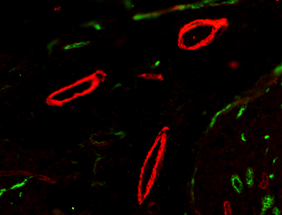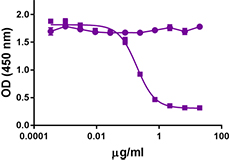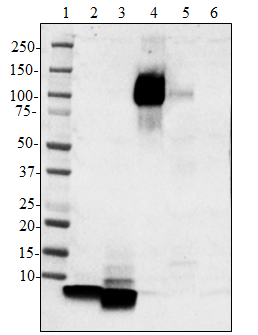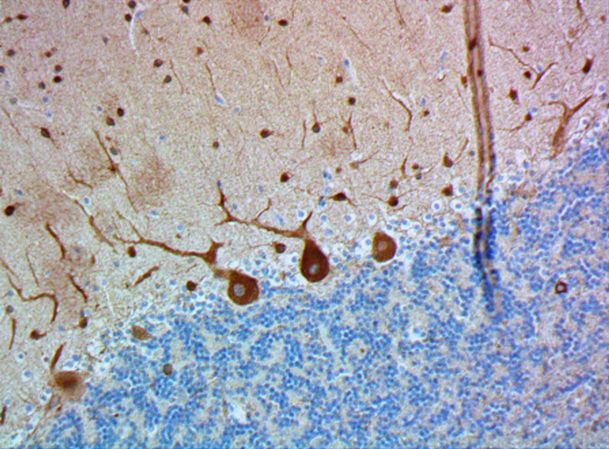- Clone
- Poly24030 (See other available formats)
- Regulatory Status
- RUO
- Other Names
- Goat immunoglobulin G
- Isotype
- Goat Polyclonal IgG
- Ave. Rating
- Submit a Review
- Product Citations
- publications
| Cat # | Size | Price | Quantity Check Availability | Save | ||
|---|---|---|---|---|---|---|
| 403006 | 100 tests | 153 CHF | ||||
Poly24030 is IgG purified from goat serum. It can be used as an isotype-matched control for surface and intracellular immunofluorescent staining for flow cytometry analysis.
Product DetailsProduct Details
- Antibody Type
- Polyclonal
- Host Species
- Goat
- Formulation
- Phosphate-buffered solution, pH 7.2, containing 0.09% sodium azide and BSA (origin USA)
- Preparation
- The antibody was purified by affinity chromatography and conjugated with Alexa Fluor® 647 under optimal conditions.
- Concentration
- Lot-specific (to obtain lot-specific concentration and expiration, please enter the lot number in our Certificate of Analysis online tool.)
- Storage & Handling
- The antibody solution should be stored undiluted between 2°C and 8°C, and protected from prolonged exposure to light. Do not freeze.
- Application
-
FC, ICFC - Quality tested
- Recommended Usage
-
Each lot of this goat IgG isotype control antibody is quality control tested by immunofluorescent staining with flow cytometric analysis. For flow cytometric staining, use the isotype control at the same concentration as your primary antibody. Use our Concentration Lookup tool to find the exact concentrations of your lots of product.
* Alexa Fluor® 647 has a maximum emission of 668 nm when it is excited at 633nm / 635nm.
Alexa Fluor® and Pacific Blue™ are trademarks of Life Technologies Corporation.
View full statement regarding label licenses - Excitation Laser
-
Red Laser (633 nm)
-
Application References
(PubMed link indicates BioLegend citation) -
- Tran K, et al. 2012. Cancer Preve Res. 5:726. PubMed.
- Product Citations
-
- RRID
-
AB_10567111 (BioLegend Cat. No. 403006)
Antigen Details
- Gene ID
- NA
Related Pages & Pathways
Pages
Related FAQs
Other Formats
View All Reagents| Description | Clone | Applications |
|---|---|---|
| PE Goat IgG Isotype Ctrl | Poly24030 | FC,ICFC |
| Alexa Fluor® 647 Goat IgG Isotype Ctrl | Poly24030 | ICFC,FC |
Customers Also Purchased
Compare Data Across All Formats
This data display is provided for general comparisons between formats.
Your actual data may vary due to variations in samples, target cells, instruments and their settings, staining conditions, and other factors.
If you need assistance with selecting the best format contact our expert technical support team.
-
PE Goat IgG Isotype Ctrl
-
Alexa Fluor® 647 Goat IgG Isotype Ctrl
 Login / Register
Login / Register 
















Follow Us